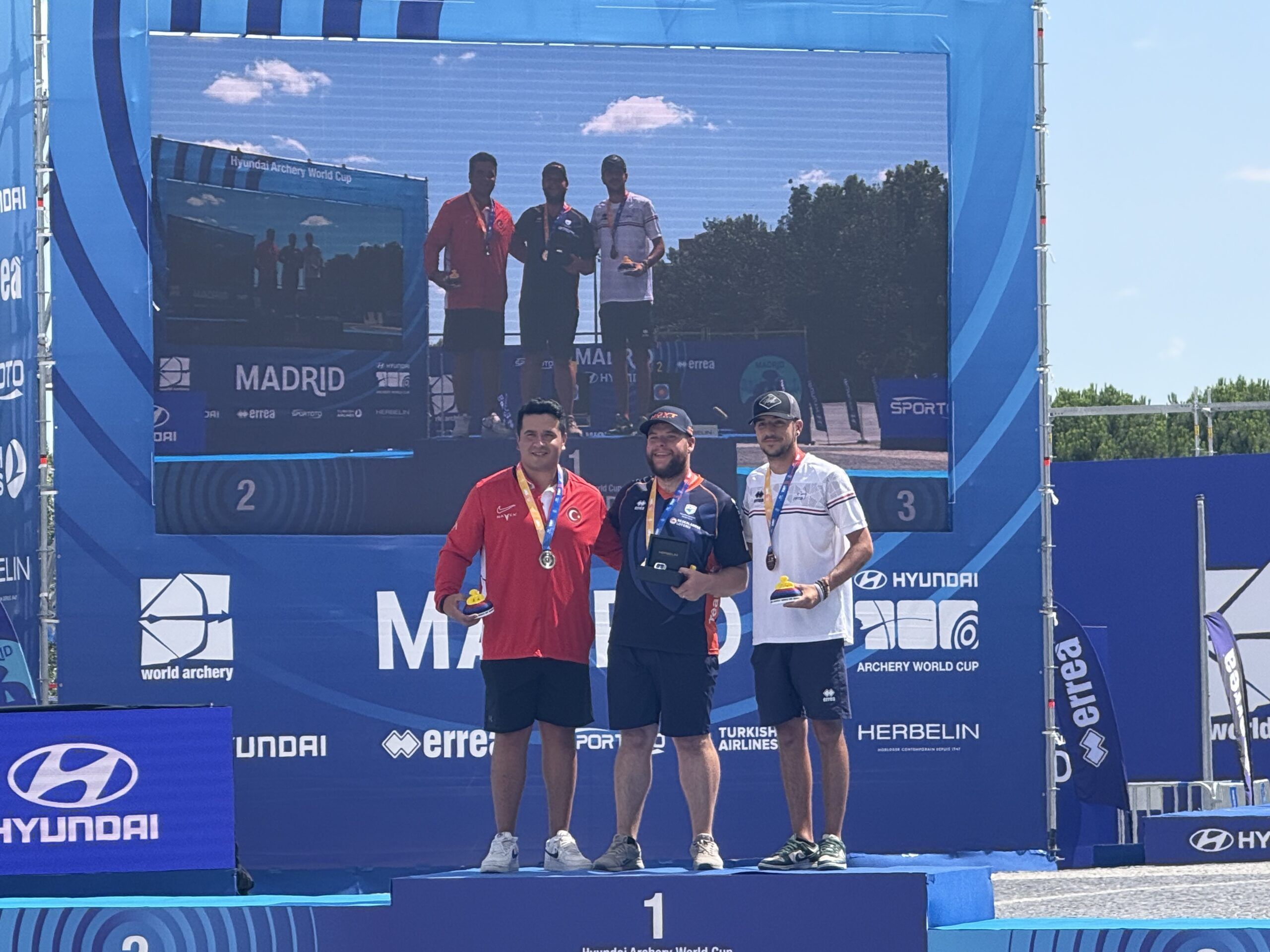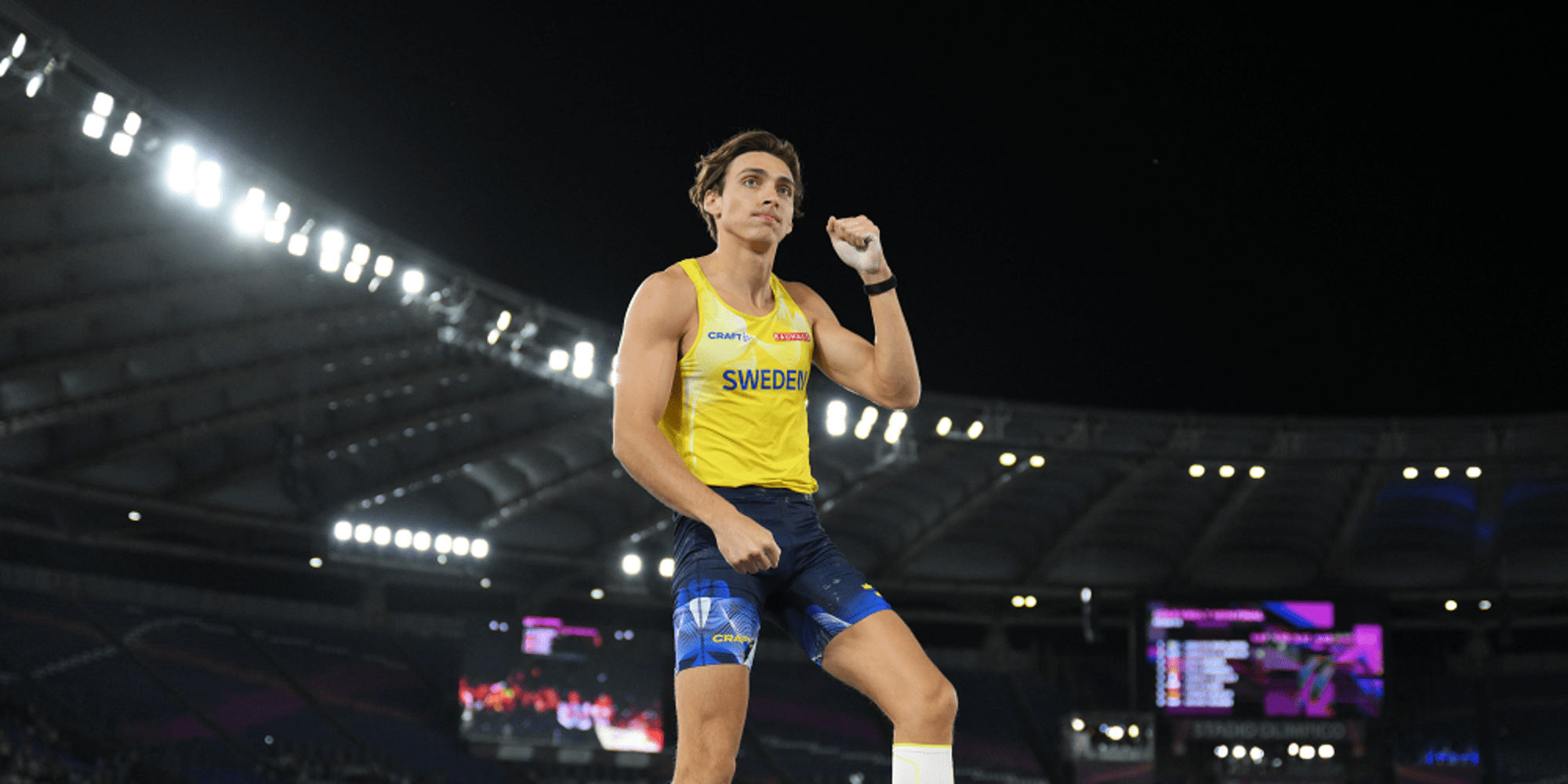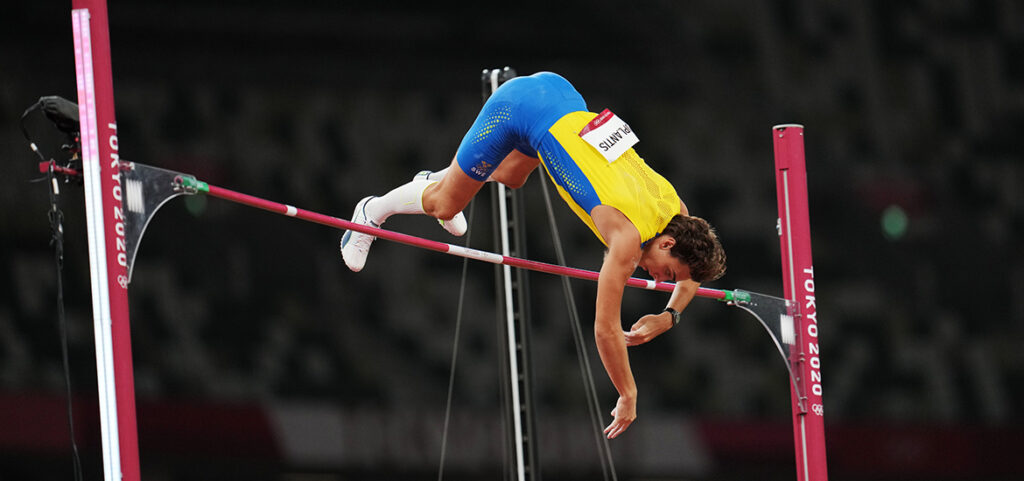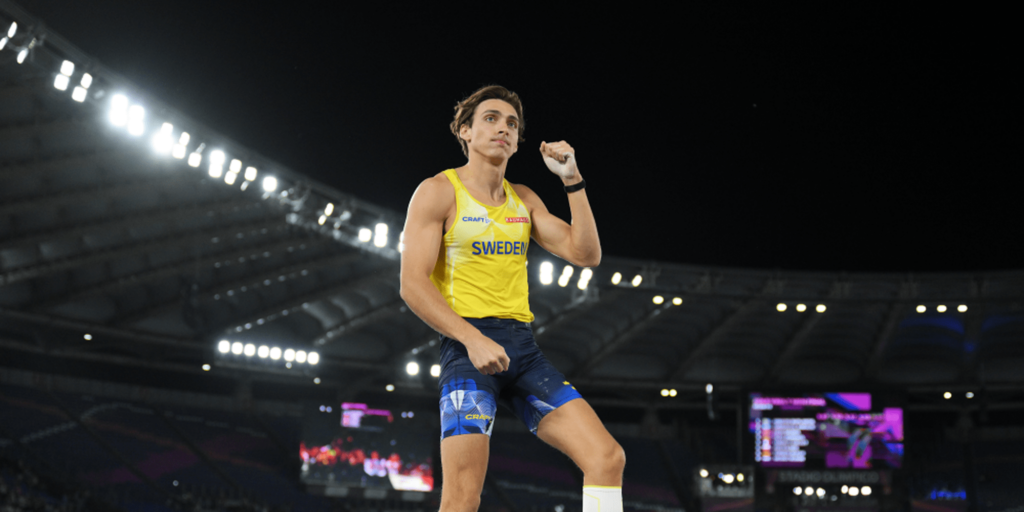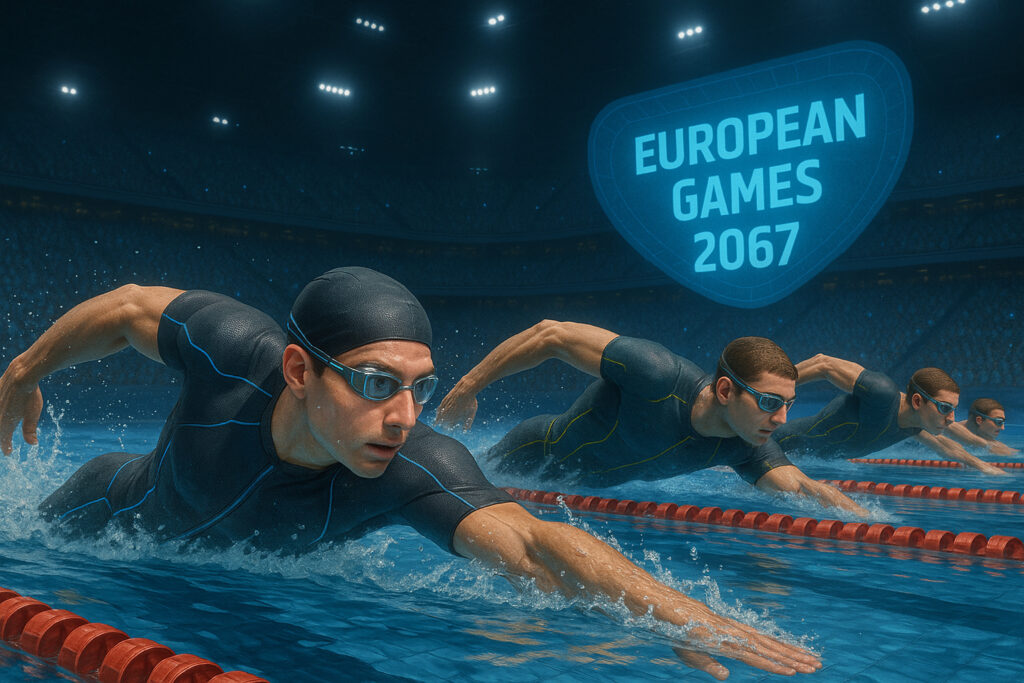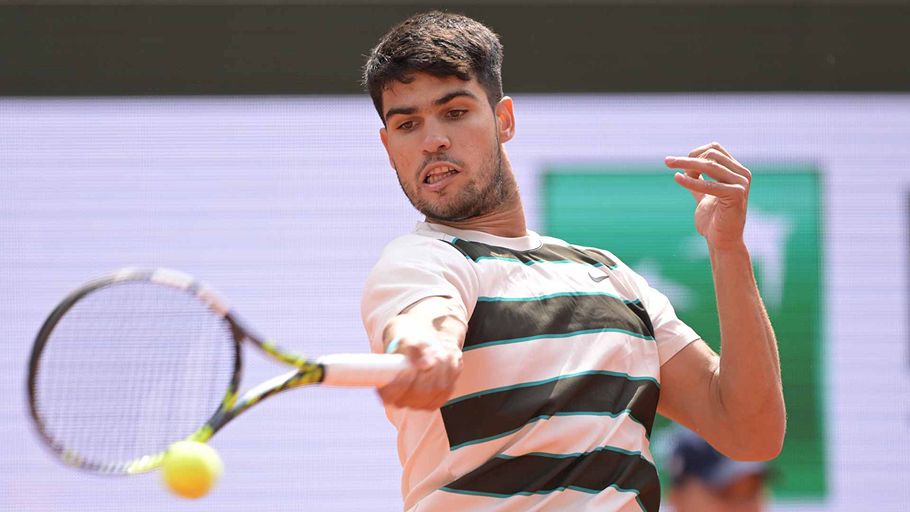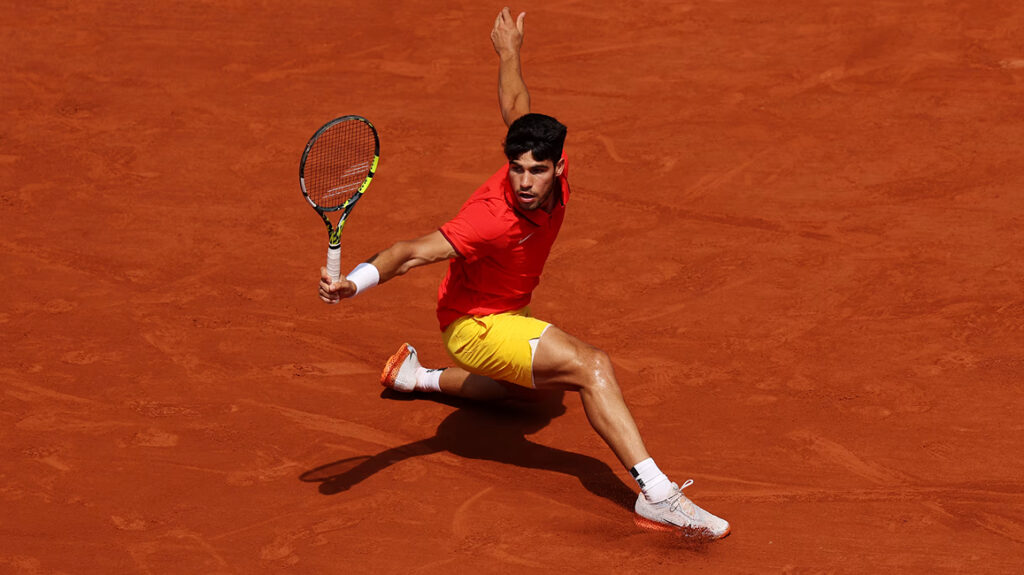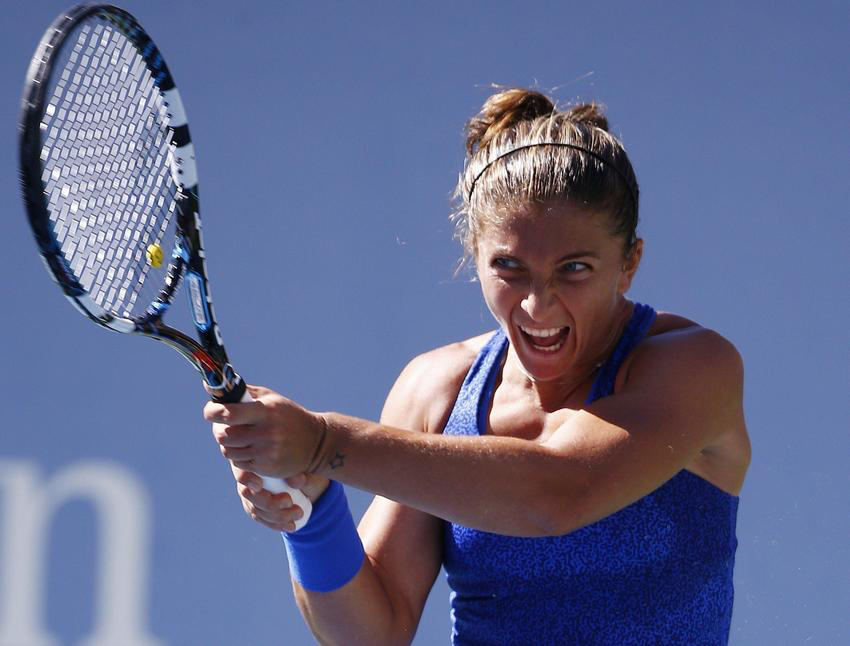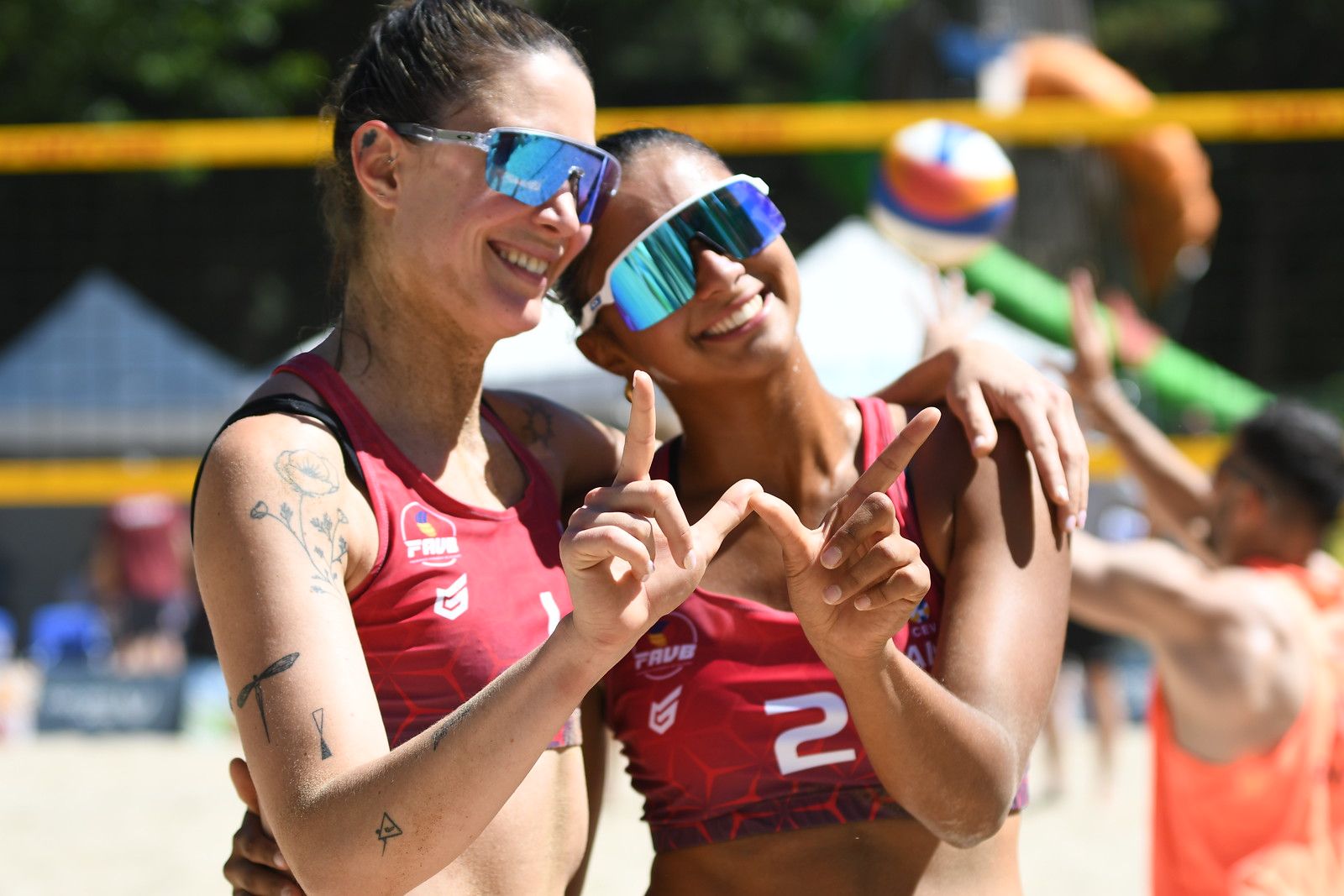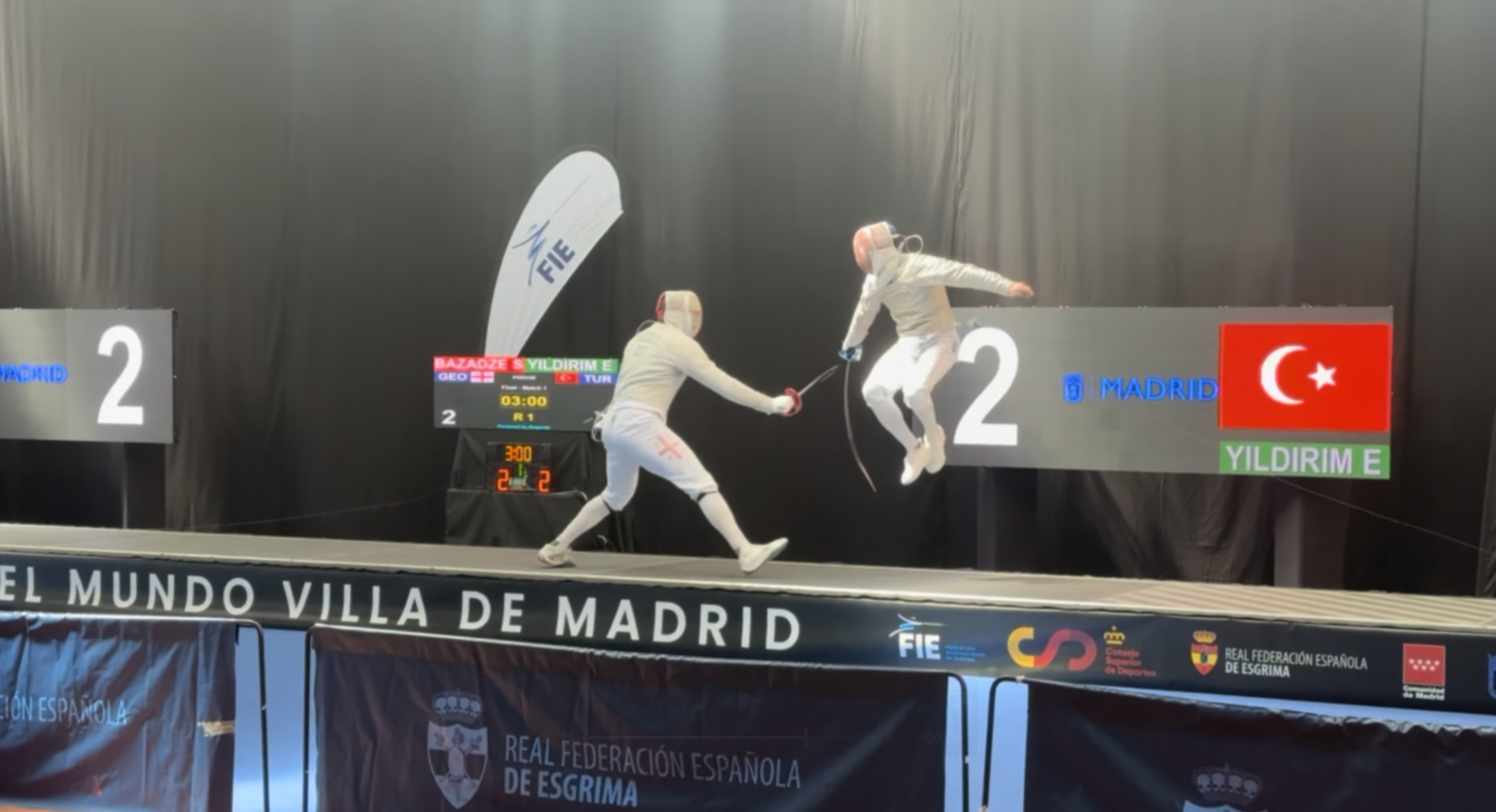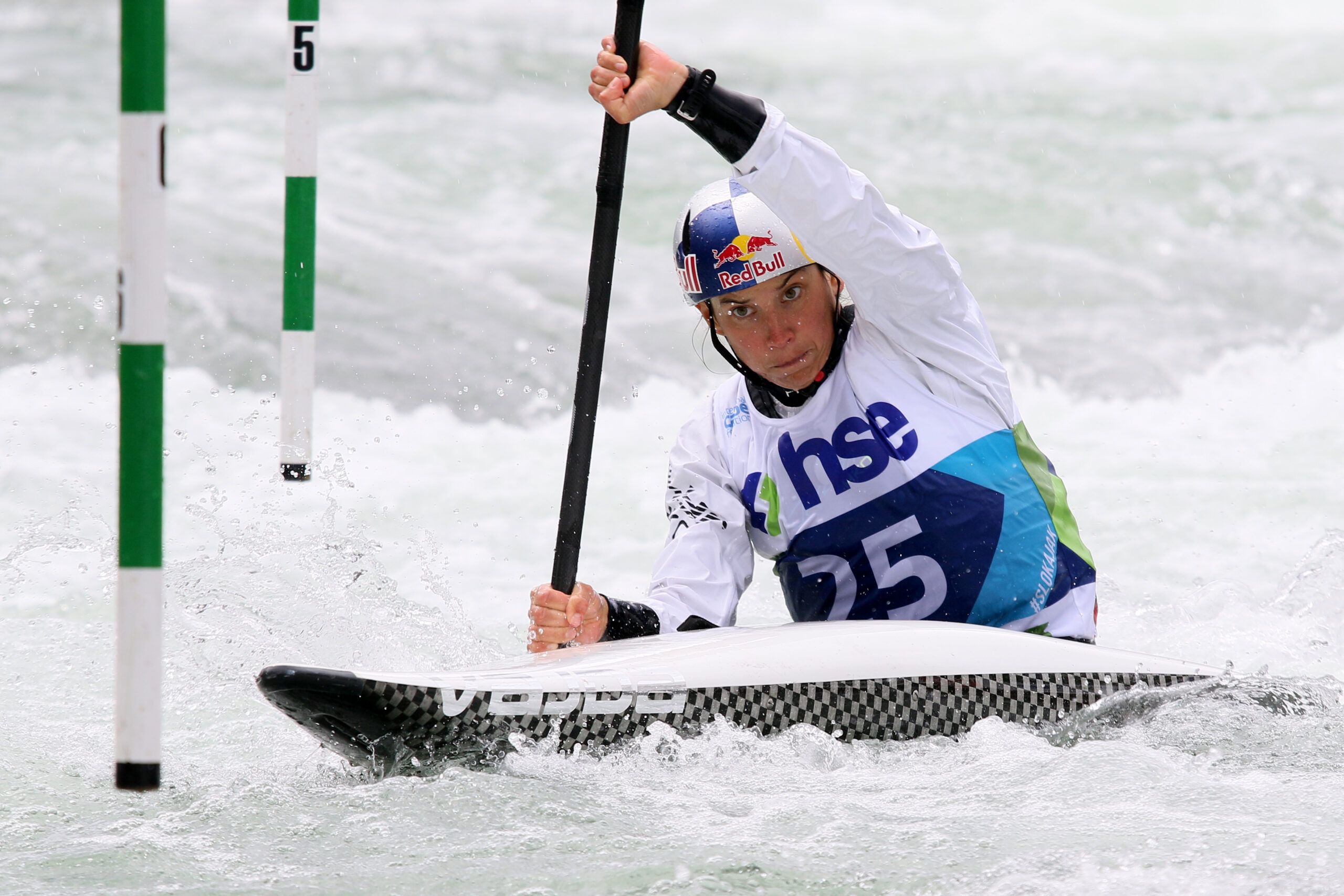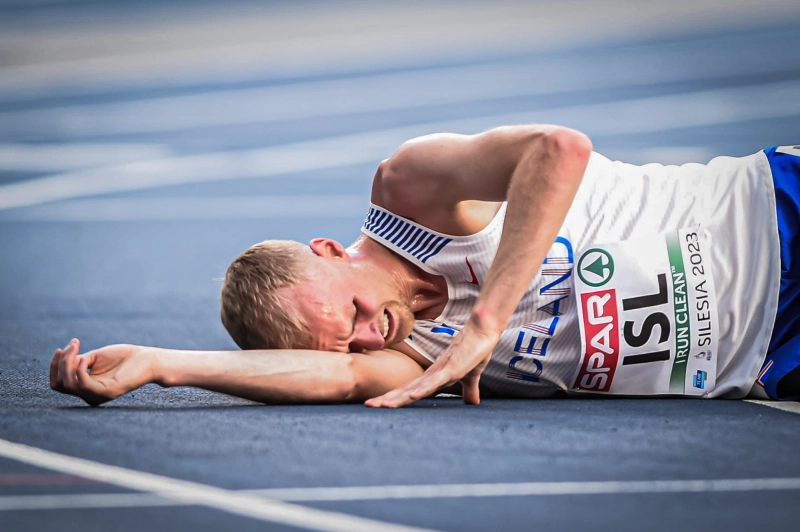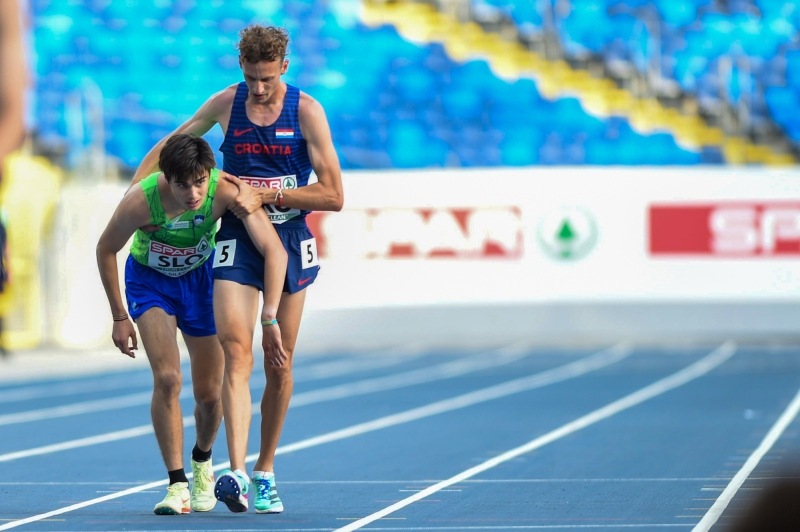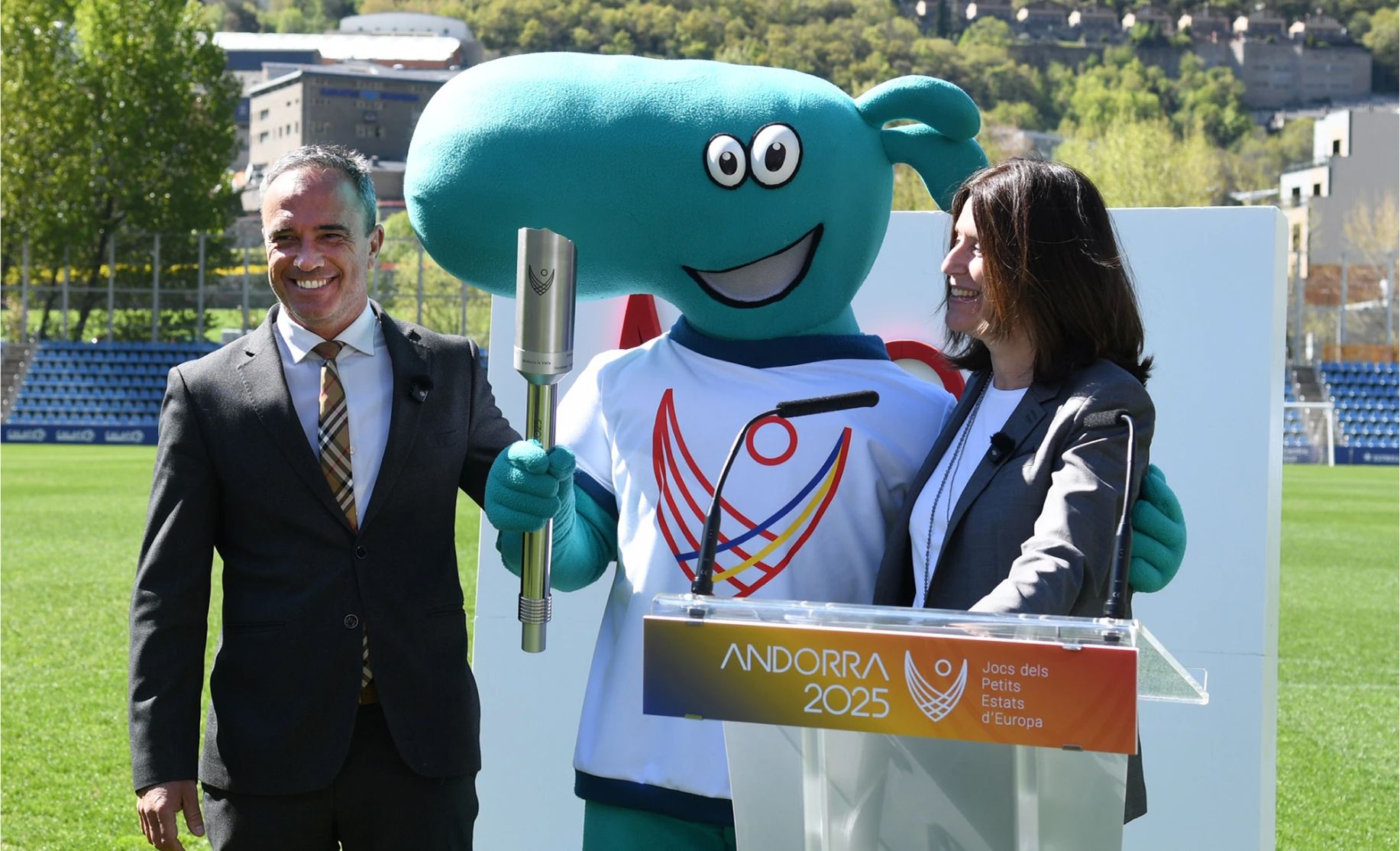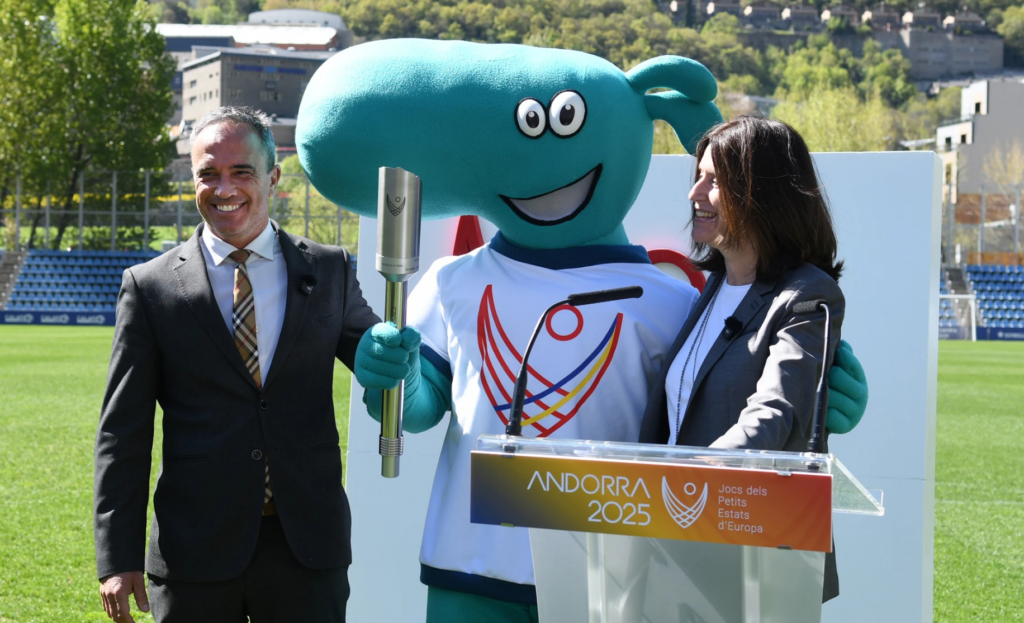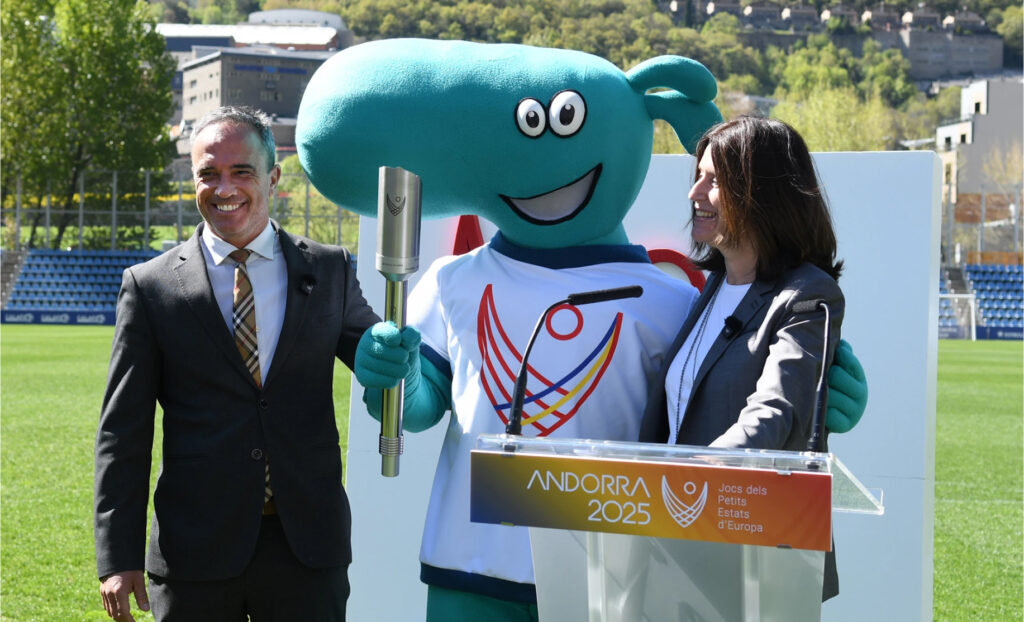Many people who have recently taken up sport are still unsure whether it’s better to apply cold or heat to an injury. To help clear up any doubts, the Professional College of Physiotherapists of the Community of Madrid (CPFCM) has prepared the following information, which could be helpful. However, the first thing you should do in the event of an injury is to consult your physiotherapist or a doctor.
Differences
Cold and heat have opposite effects: cold is a vasoconstrictor, while heat is a vasodilator. For this reason, cryotherapy(cold treatment) and thermotherapy (heat treatment) are usually applied separately, although they can sometimes be combined, as in contrast baths.
Cold
When to apply it. Cold is recommended during the first two or three days following an acute injury, especially if there is significant inflammation. This includes muscle tears, impacts, contusions, sprains, strains, dislocations, fractures or tendinitis. In these cases, the aim is to reduce acute pain and inflammation, which can cause excessive pressure on tissues, restrict movement, increase pain and impair muscle function.
Effects. Cold reduces the diameter of the capillaries in the affected area, decreasing blood flow, heart rate and metabolism. This reduced blood flow creates an analgesicand anti-inflammatory effect.
It also decreases muscle contractility, which means fewer spasms and cramps — another source of pain.
Don’t overdo it. Cold acts as a local anaesthetic by altering skin sensitivity, but it can cause burns if overused. As a general rule, apply cold for no more than 8 to 10minutes, two to four times per day.
How to apply it. Cold gel packs, creams and gels are all useful because they can adapt to the injured area. An ice bath or a bag of crushed ice wrapped in a cloth to protect the skin can also be used.
That said, recent research suggests that inflammation — like fever — is a natural response of the body to trauma.
In some cases, such as mild muscle injuries or contusions, and always under the supervision of a healthcare professional like a physiotherapist, it may be advisable to avoid cold and anti-inflammatories and allow the body’s natural healing process to take place.
Heat
When to apply it. Heat is used when an increase in body temperature and blood circulation is needed. This is typical in long-standing muscle problems such as soreness, fatigue or chronic conditions. It’s especially useful for treating overuse injuries, poor posture, stiffness, or for warming up tissues before physical activity to help prevent injuries.
Effects. Heat increases blood flow through vasodilation — the widening of capillaries in the area. As a result, it reduces muscle stiffness and pain by providing a soothingeffect that relaxes and relieves muscle fatigue. It also improves tissue elasticity.
Therefore, heat should only be used when the injury is no longer acute, there is noinflammation, and at least 72 hourshave passed since the injury occurred.
How to apply it. The method chosen should suit the affected area. For surface-level application, you can use an electric heating pad, wheat bag, mudpacks, hot compresses, or heat creams and gels.
For more serious or long-term injuries, physiotherapists may use deep thermotherapy devices, such as shortwave therapy, microwaves, or hyperthermia. Don’t overdo it. Depending on the type of injury or condition, heat should be applied for around 15 to 20 minutes, one to three times a day. Always monitor the skin to avoidburns. The sensation should be intensely warm but comfortable.
Combining Heat and Cold
It can often be beneficial to combine hot and cold treatments — such as in contrast baths — because the temperature changes create a vascular micromassage, alternately dilating and contracting the blood vessels.
When to apply it. When there is a need to stimulate circulation, for instance, after immobilisation, surgery, circulatory problems, or strenuous physical activity — especially affecting the lower limbs.
Don’t overdo it. A contrast bath involves three to four minutes of hot (but not scalding) water, followed by one minute of cool (not icy) water. This cycle should berepeated four to five times, ending with cold.
In summary:
Although you should always consult a physiotherapist or doctor when faced with an injury, this information can serve as a basic guide to help you manage minor issues that may arise during everyday physical activity.

